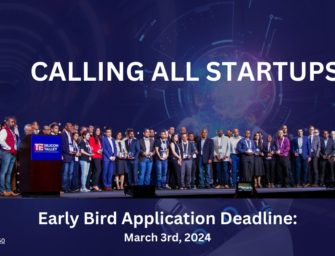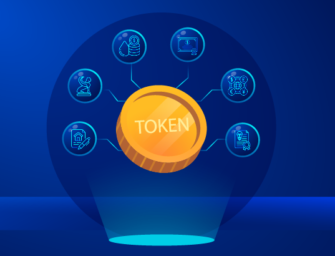From Wireless to the Internet of Things: Lowell McAdam, CEO, Verizon Communications
Communications veteran Lowell McAdam is expanding the largest wireless telecommunications provider in the US, Verizon Communications, from connecting people to connecting things.
With more than 30 years’ experience in the telecommunications industry, Lowell McAdam is one of the key creators of today’s global wireless industry. Now CEO of Verizon Communications – a world leading provider of broadband, telecommunications, and wireless and fibre-optic global Internet networks and services – he presides over the largest wireless provider, and one of the fastest wireline broadband networks in the US. And it would seem he also has plans to expand into the Internet of Things.
Lowell McAdam, a communications veteran
With a training in engineering from Cornell University and an MBA from the University of San Diego, McAdam gained an engineering licence in 1979 before spending six years in the US Navy Civil Engineer Corps.
He then began his career in communications, first at Pacific Bell, a telephone services company, then at AirTouch Communications, where he was vice president of International Operations, and finally at PrimeCo Personal Communications (owned by Bell Atlantic and Vodafone AirTouch), where he ended up serving as president and CEO.
In 2000, he joined Verizon where he has been a member of the executive leadership team ever since, first serving as president and CEO of Verizon Wireless (the company’s wireless subsidiary), and later, as executive vice president, and then president and COO of Verizon Communications.
Long seen as the heir apparent, the communications veteran took over as CEO and Chairman in 2011 and 2012 respectively, replacing long-term leader Ivan Seidenberg who had been in position since the company’s creation.
Verizon expands wireless powers with $130 billion Vodafone buy-out
Since taking over, McAdam has made moves to strengthen and expand the company’s wireless powers, buying out Vodafone’s 45% stake in Verizon Wireless in 2014 for $130 billion.
Already the largest wireless telecommunications provider in the US, full control of its most lucrative asset will allow Verizon to grow its number of wireless subscribers from the current 133.5 million.
One Verizon
But McAdam also aims to take the company beyond wireless, bringing together Verizon’s other assets: “The fact is we already have these additional assets – machine to machine, cloud and video platforms, fibre-based networks, broadband access, security, customer data, and content relationships and rights. To drive and lead in these offerings we need to be able to seamlessly operate across all our assets to create and deliver cross network solutions, which we refer to as One Verizon”.
The acquisition of AOL and the Internet of Things
In a significant step towards achieving this goal, in May 2015 Verizon announced an agreement to purchase AOL for $4.4 billion. The deal will significantly enhance Verizon’s digital, mobile, video, and content offering (AOL owns e.g. The Huffington Post and TechCrunch). It will also bring Verizon’s advertising reach to an estimated 70% of internet traffic, putting the company in a position to take on Facebook and Google in terms of advertising. And it will give Verizon invaluable advertising expertise: notably, in the year before the acquisition AOL bought Adap.tv (programmatic video), Gravity (personalisation), Convertro (attribution), and Vidible (video distribution).
The addition of these areas of expertise to Verizon’s already strong base in mobile, wireless, and television will put the company in a position to push into other areas of the home: the connected Internet of Things.
Confirming this intention, the press release states: “The agreement [with AOL] will also support and connect to Verizon’s IoT (Internet of Things) platforms, creating a growth platform from wireless to IoT for consumers and businesses”.
Analyst firm Gartner reports that by 2020 there will be over 26 billion connected devices; televisions and cars, washing machines and toothbrushes. The market is huge.
The AOL deal could particularly enable Verizon in the development of advanced targeted advertising across connected devices, with an understanding of the movements of consumers (their route to work, the music they listen to on the way, where they are, and when). The company now has the potential to take digital advertising further than it’s ever been before.
While this is of course conjecture, the deal does seem to signify that Verizon is expanding from connecting people to connecting things.














There are no comments
Add yours